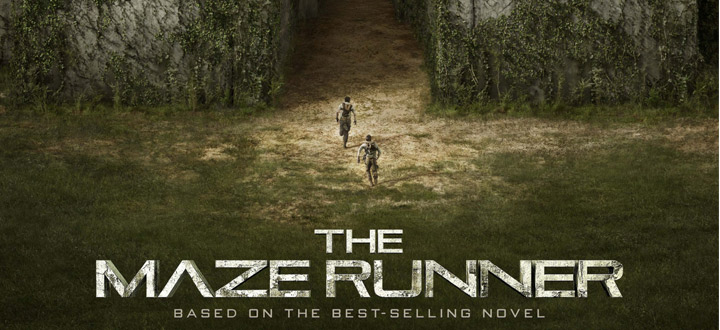Audiences saw the rise of films featuring teenage protagonists since the publishing of novels that put the spotlight on teenagers. Indeed, teenage post-apocalyptical films are still in vogue, given the plethora of such movies being filmed, like “The Hunger Games” series and “Divergent.” Following the trend, “The Maze Runner,” based on a 2009 novel by James Dashner, was released in South Korean theaters on Sept. 18. While the novel’s premise seemed promising, the film’s direction was nowhere near the potential Dashner provided.
“The Maze Runner” starts with protagonist Thomas (Dylan O’Brien) finding himself in a post-apocalyptic setting comprised of an immense labyrinth in a desolate place known as the Glade (where he settles). Fellow teenage boys, known as the Gladers, join him in trying to discover the mystery of the maze. In the process of acquainting himself with his peers, Thomas realizes that he cannot remember his past, or even his name.
With this setting, director Wes Ball contrives a story that rather successfully incorporates the elements of thriller into a post-apocalyptic film. The visual and auditory effects are undoubtedly up to high standards, and the film was realistic with its integration of audial cues included in the novel. In addition, Ball’s use of dark lighting and contrasting shots clearly displays quality filming.
However, the movie falls short of the novel when it comes to the pacing of Dashner’s Maze Runner trilogy. Through the novel, Dashner created a well-structured plot with a series of revelations that spring from the end of the book. Yet, the film does not do much justice to its original source material, for it attempts to tantalize the audience with material from the sequel as well. Such a deficiency in pacing makes the theatrical rendering of “The Maze Runner” perplexing, yet does not resolve the questions it poses.
Furthermore, the cast of “The Maze Runner” is not very noteworthy, for the dialogue itself is not very impressive. In contrast to the production of the film, the writing of the screenplay seems extremely simplistic; in fact, there is not enough thought required to comprehend the events of the plot, and the way the characters convey the dialogue written in the novel seems rather trite. This may be a result of how tired we, as audiences, are of post-apocalyptic films, but the fact remains that the film lacks a thought-provoking film dialogue that resonates after watching the film.
For avid fans of post-apocalyptic teenage films, “The Maze Runner” may be a delightful watch that uses mystery and intrigue to propel an interesting story. For more critical viewers, it may come across as unoriginal and banal. “The Maze Runner” can’t, however, be taken just in these terms, for it is, in the end, simply a blockbuster thriller to be enjoyed for mindless entertainment.
For more information about the plot and the various elements of story that Dashner uses in the source material that function to greater effect than the film, refer to “Daniel’s Books in a Nutshell,” a review column written by my fellow writer Jungho Daniel Choi!

